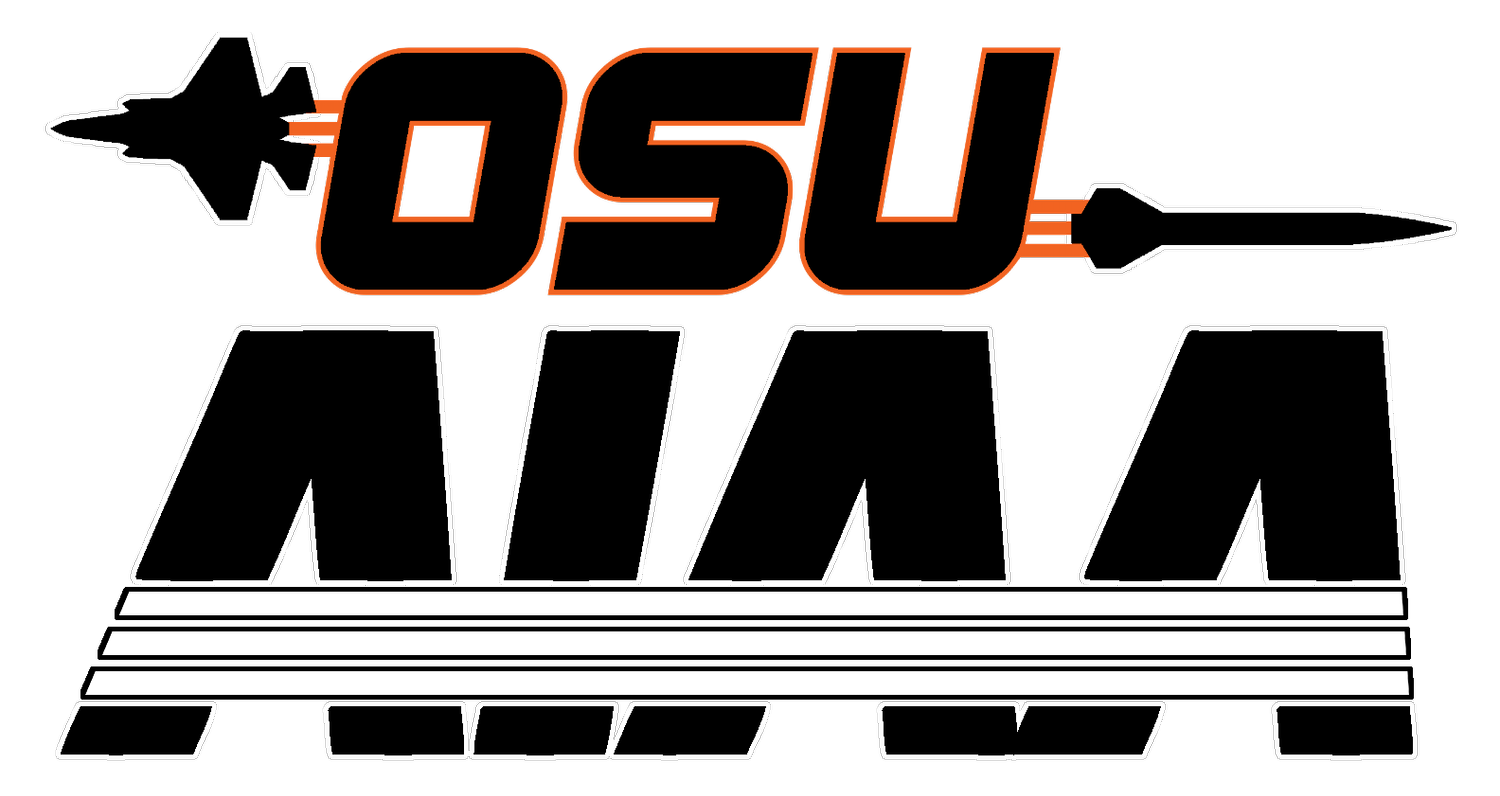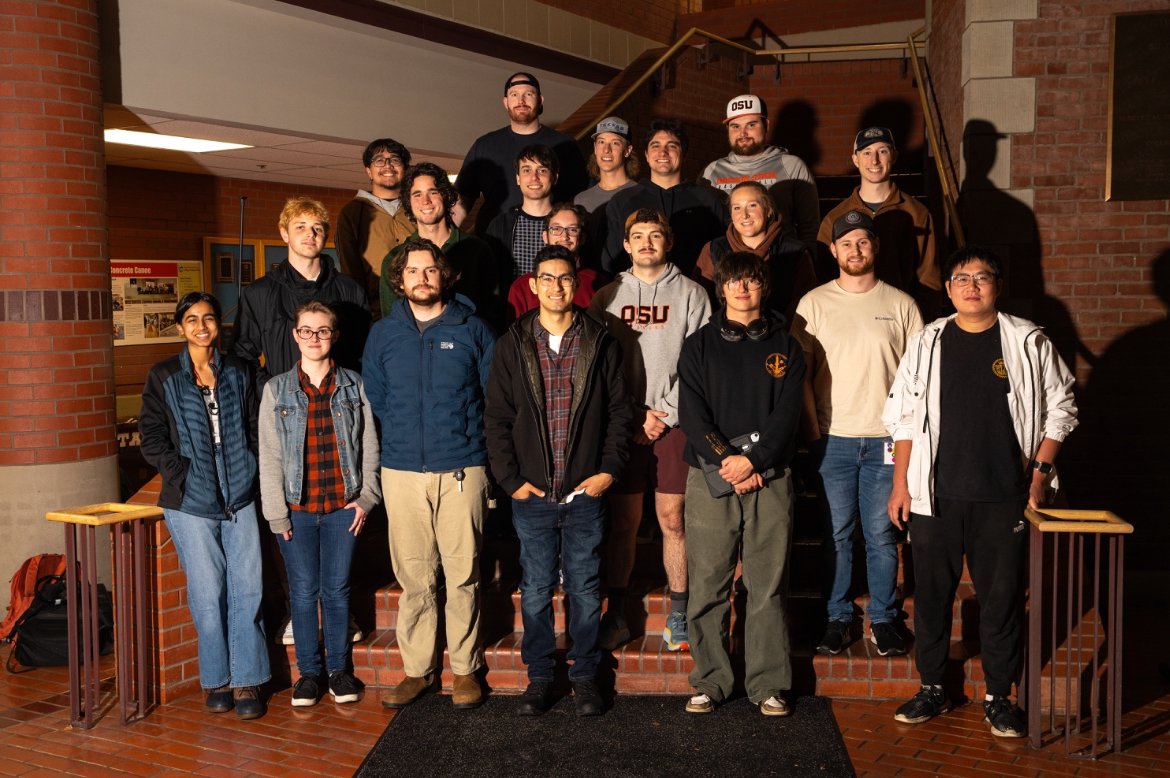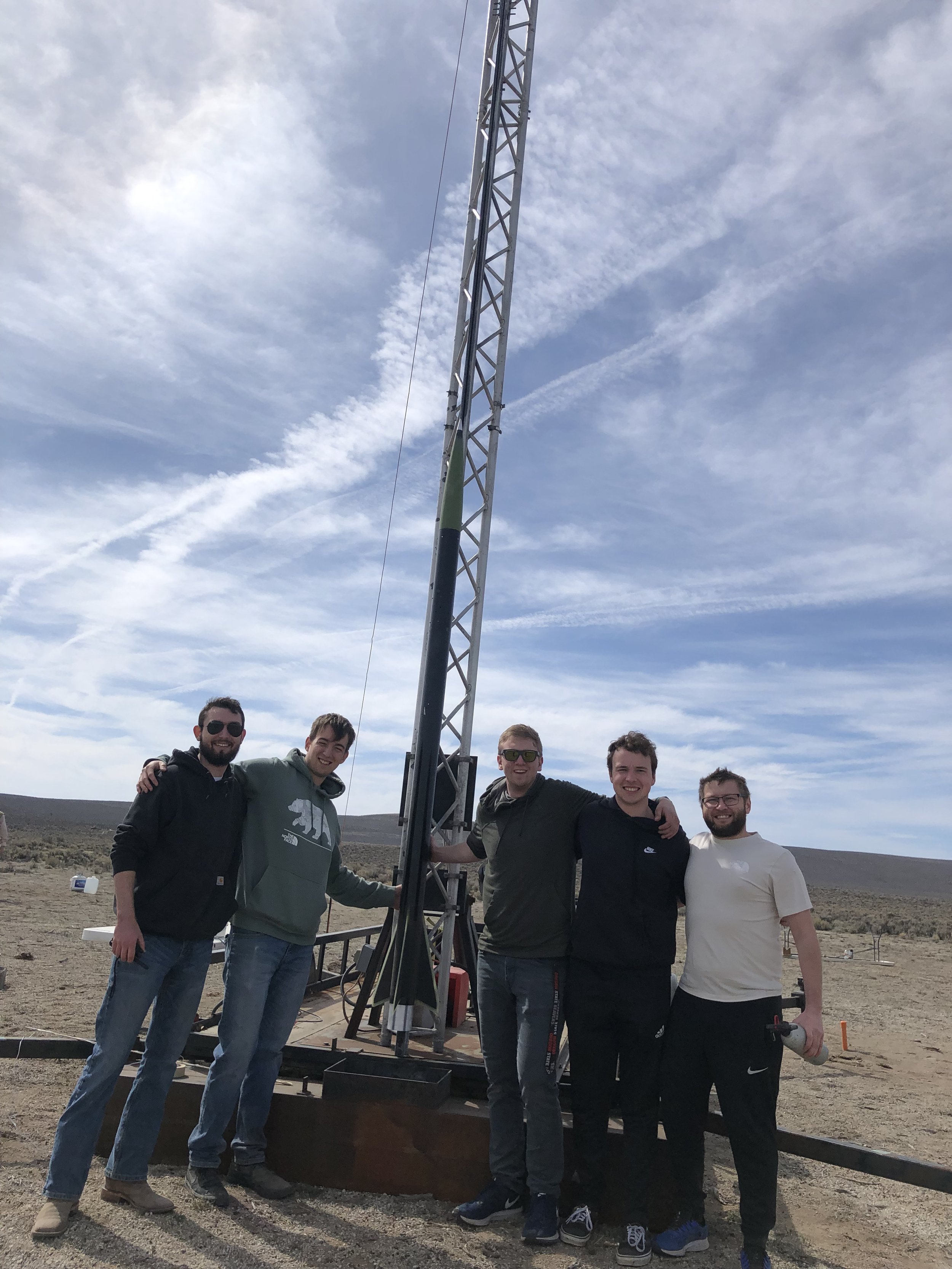PUSHING THE LIMIT
The Oregon State High Altitude Rocket Team (HART) is the only 2-stage rocket team at OSU. We aim to advance amateur rocketry to new heights, raising the bar each year. Our goal this year is to reach 100,000ft above ground level.
Meeting times:
General Meeting: Tuesdays at 4PM, Owen 101
Aerodynamics: Tuesdays at 2PM & Saturdays at 10am, Rogers 226
Avionics: Wednesdays at 4PM, Graf 110
Propulsion: Meet for motor mixes and test fires (join the Discord to stay up to date!)
Structures: Fridays at noon, Graf 110 (reach out to Blake R on Discord for more info)


































